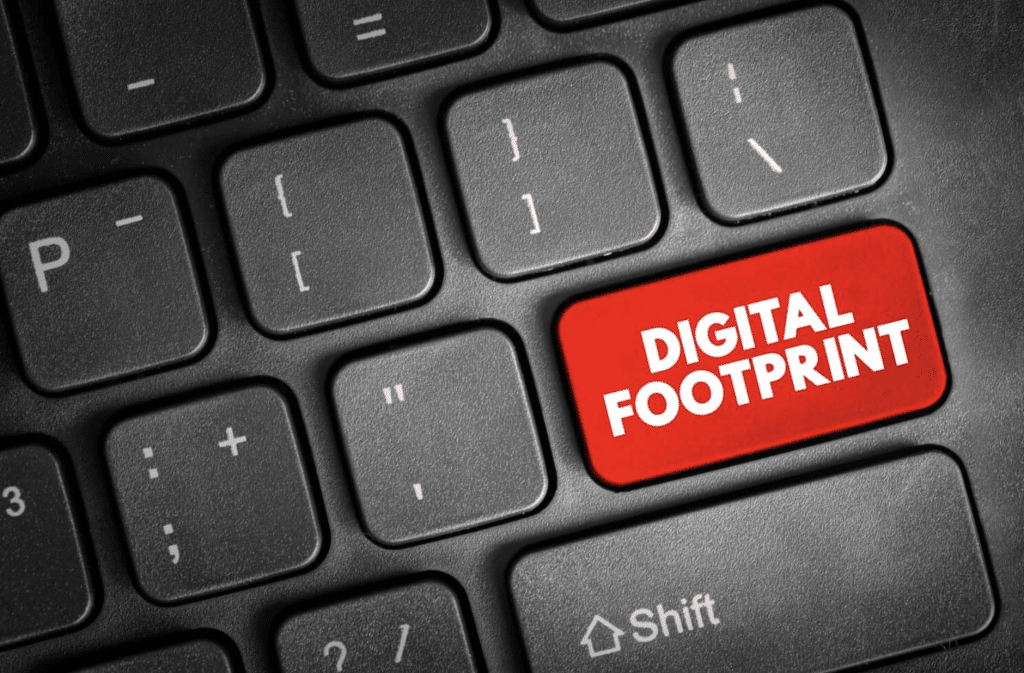In an increasingly digital world, individuals leave traces of their online activity known as digital footprints. These footprints encompass information shared on social media, websites visited, emails sent, comments posted, and even online purchases. Not limited to personal and social contexts, digital footprints also permeate professional environments, shaping people’s perceptions about an individual or organization, and influencing the development of professional relationships.
This article explores the subject of recognizing the importance of digital footprints in the virtual professional environment. We will define digital footprints, examine their role in forging professional relationships, provide practical managerial tips, and look forward to future trends. Understanding and utilizing digital footprints is an essential skill everyone keen on building and maintaining successful professional relationships in the 21st century should master.
How Are Digital Footprints Created?
The process of creating a digital footprint begins whenever you engage in online activities. Every time you log into the internet and conduct an activity such as sending an email, making an online purchase, posting a tweet or a Facebook status update, you leave a trace. This trace—analogous to leaving footprints in the sand—represents the trail of your online activity and collectively contributes to your digital presence or identity.
The digital footprint extends beyond your active contributions. Passive activities also create a footprint. For instance, if a website installs cookies in your browser, or an app tracks and stores your location, this data becomes part of your digital history. Even browsing a website or clicking on an ad leaves footprints as most sites register these activities in their server logs. Thus, creating a digital footprint, whether intentionally or unwittingly, is an integral part of anyone’s digital life.
Different Types of Digital Footprints
Active and passive digital footprints are the two broad categories under which all online traces fall. Active footprints refer to the digital traces that you deliberately leave behind when participating in online activities. These include social media posts, blog articles, comments on online platforms, emails, and other forms of content you share willingly, such as a digital business card. These active footprints often reflect your interests, opinions, and relationships, thus providing a personal layer to your online identity.
Passive footprints, on the other hand, are the traces created without your direct action or sometimes even without your knowledge. They arise from data that websites and applications collect about your online behavior, including details like site visitation history, search queries, advertisements clicked, and geographic location. Although these footprints may seem less personal, they provide a wealth of information that, when analyzed, can reveal patterns of behavior, preferences, and habits. Thus, both active and passive digital footprints contribute to a multidimensional online profile.
How Digital Footprints Can Create a First Impression
First impressions are no longer just formed in face-to-face interactions. In today’s digital era, the impressions we make or receive often start online through the measure of our digital footprints. These momentous markers act as digital introductions, offering insights into the person’s character, experiences, and professional competencies even before a formal in-person introduction. Potential employers, collaborators, or partners commonly employ the internet for preliminary information searches, and the resultant digital footprint significantly influences their perspective.
When someone Googles your name, the ensuing results—your social media profiles, your blog posts, comments left on various platforms, the pictures you’ve uploaded—speak volumes about your character, professionalism, and persona before you’ve even had a chance to interact one-on-one. This data forms the initial impression that people have about you, setting the stage for future interactions and potential professional relationships. Therefore, the wider, clearer, and more consistent your digital footprint is, the more likely it is to create a positive and lasting first impression.
The Impact of a Positive Digital Footprint on Professional Relationships
In today’s interconnected world, a positive digital footprint can serve as a powerful asset in professional relationship building. It can position you as a trustworthy, knowledgeable, and engaged professional in your field. For example, sharing insightful perspectives on industry trends on social media or contributing valuable content on professional forums can demonstrate your industry expertise, potentially attracting partnerships or employment opportunities. It’s also worth noting that a positive digital footprint helps validate your professionalism and character.
An online presence that showcases you as being respectful, open-minded, and proactive can help build trust among your professional network. Quality content that aligns with your professional image, coupled with consistent behavior, can bolster your credibility and esteem in the eyes of others. In consequence, positive impressions from your digital footprint can lead to more robust and productive professional relationships.
Maintaining a sharp awareness and careful management of your digital footprints is indispensable in our digital age. This element of your online persona can significantly impact the development of professional relationships. Understanding the inherent nature of these traces and their consequences is vital to actively construct a positive online portrayal. A strategic digital footprint not only wards off potential negative repercussions but also could serve as a powerful tool that opens doors to countless professional opportunities.
